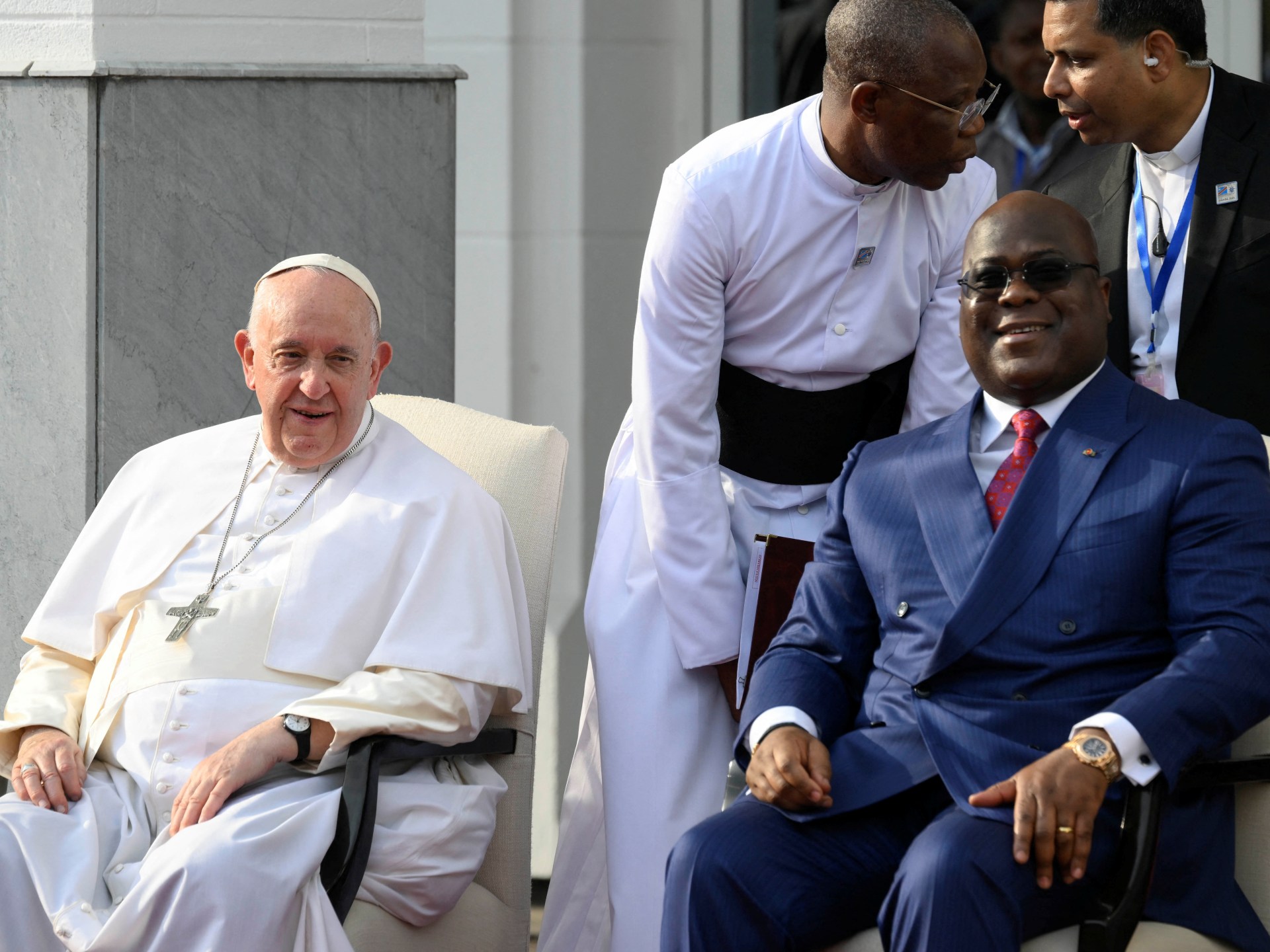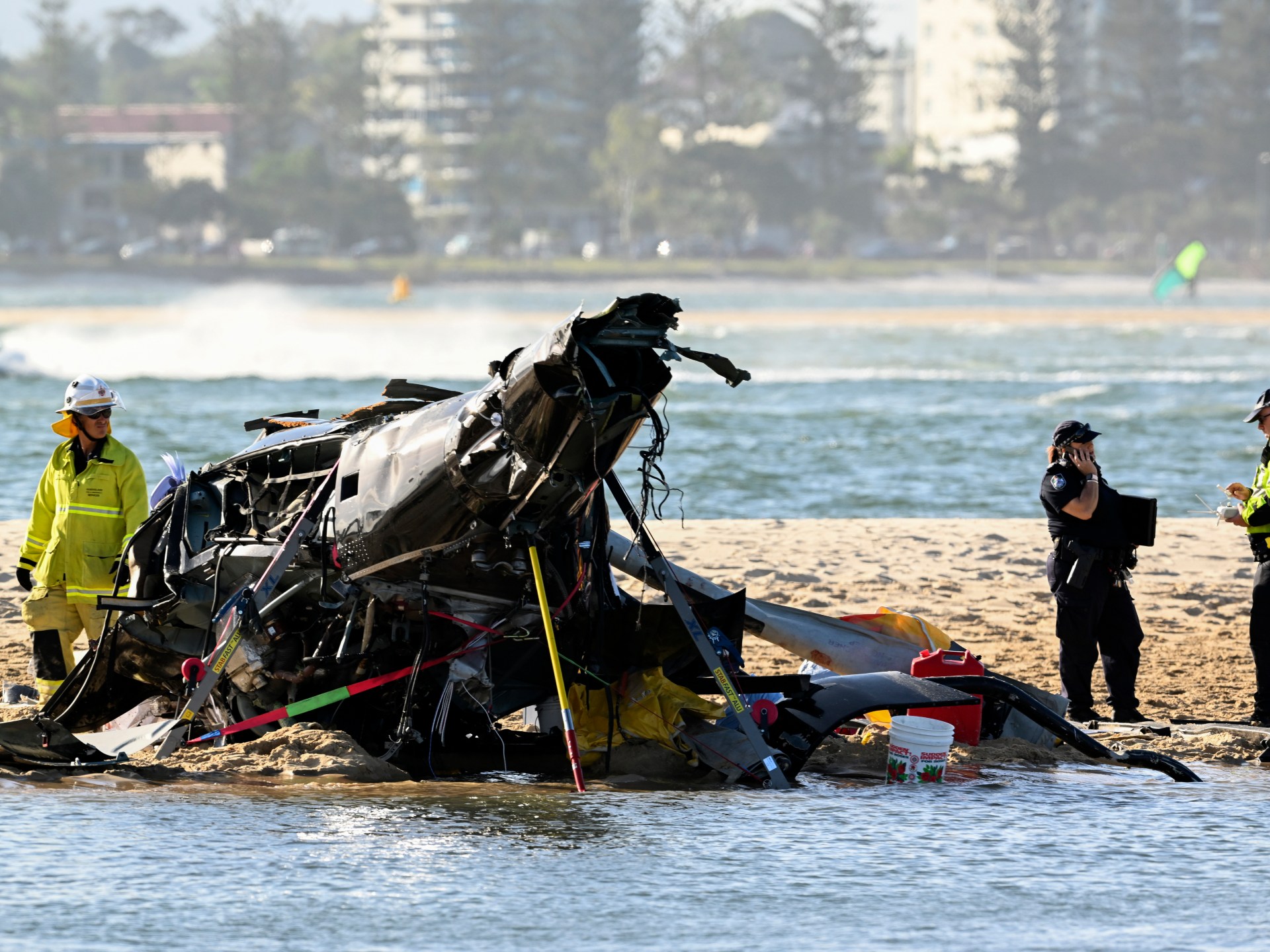The new arms race on the Korean Peninsula
The launch on Thursday of a long-range intercontinental ballistic missile, or ICBM, by North Korea is the latest test in a growing arms race between North and South Korea.
Flying for more than 67 minutes, the missile reached a height 15 times higher than the International Space Station before splashing down into the Sea of Japan. This recent success highlighted an expanding North Korean missile development programme that is as impressive as it is worrying to North Korea’s enemies.
Or so North Korea has claimed.
As the North attempts to show off new systems, discoveries by analysts have cast doubt on North Korea’s recent achievements and according to South Korean media sources, officials are examining whether Thursday’s launch was of the type of missile that North Korea claimed.
Thursday’s launch looked like the successful test of a new missile type, a heavy ICBM, rumoured to be able to carry multiple warheads. But image and intelligence analysts noticed glaring inconsistencies that all point to the video of a failed test from March 16, in which a missile blew up several seconds after being launched.
According to those analysts, examination of the video of Thursday’s launch broadcast by North Korean TV showed shadows longer than they would be at that time of day. Satellite imagery has shown burn marks near the launch site that were absent from the video from Thursday’s launch and there are inconsistencies in the visibility of cloud cover during the video.
From the data assembled, they claimed it appeared footage was used of the launch of the Hwasong-17 ICBM from March 16 before it blew up, and what was tracked on Thursday was an older, already proven Hwasong-15 missile that had its warhead lightened so it would have the flight pattern of a more powerful ICBM.
It would not be the first time that North Korea has embellished its achievements, using video footage to imply the use of more capable missiles. In January 2016, it was revealed that North Korea had faked a submarine-launched missile test with the aim of displaying capabilities that it did not have at that time.
North Korea’s test programme
While some scepticism may be warranted, it has been confirmed that a variety of new weapons were successfully tested recently.
The launch of a short-range missile from a train was broadcast in January. A proven design, based on the South Korean Hyunmoo and Russian Iskander missiles, the test was successful. The launch from the train, while unusual and innovative, was not as potent a weapon as might be inferred, given North Korea’s small railway network meant a missile train would be relatively easy to spot and destroy.
Considering North Korea already had effective road-mobile designs that could hide just about anywhere, and were therefore much more useful weapons systems and a lot less likely to be detected, a train mounted missile seemed an unusual use of resources.
However, despite exaggerations and inevitable setbacks, the test programme is increasingly impressive.
In 2017, North Korea showed the world it was capable of fielding several types of successful missiles, each with a longer range than the last.
A successful submarine-launched missile test in 2021 showed that, despite earlier fabrications, North Korea was now able to launch a missile from anywhere the submarine could go – greatly enhancing its ability to launch a retaliatory attack, if needed. While North Korea only has one missile sub, the Gorae/Sinpo, it would act as a possible deterrent at moments of heightened tension between North Korea and its neighbours, especially South Korea.
One missile tested on January 5, 2022 appeared to have an enhanced capacity to manoeuvre in ways that make it almost impossible to stop by missile defences. The erratic flight path has been confirmed by North Korea’s neighbours.
South Korea shifts defence posture
Perhaps the biggest change recently observed has been from South Korea itself.
No longer willing just to rely on help from the United States, a bond weakened by the mercurial Trump administration, many countries in Asia – South Korea included – have realised that support from the US might not always be there and have discreetly started their own domestic armaments programmes.
Not only has South Korea shredded a decades-old agreement with the US limiting civilian rocket and advanced missile designs, it has now designed and successfully tested its own missiles.
Although they are mostly short-range, designed with warfare on the peninsula in mind, they are advanced and are able to fly low and fast, themselves flying in non-predictable paths that would give North Korean air defence little time to react.
South Korea launched its own conventionally powered missile submarine successfully launching a missile from underwater, showing the world and especially its northern neighbour that it too had a retaliatory attack capability that was also an effective deterrent. A fleet of more is planned, firmly placing South Korea in an elite club of eight countries that can field missile submarines.
The other big change has been South Korea’s defence posture.
The notable difference, with Thursday’s test by North Korea, whether faked or not, was that South Korea responded the same day with volleys of missile tests from a variety of platforms, showing North Korea and the world that it was no longer going to ignore tests from the North and would respond accordingly.
It also paraded 28 F-35 stealth fighters on the ground in what is known as an “elephant walk” in a show of force.
It is this uptick in the vigour of South Korea’s policy towards its northern neighbour that will help define relations between the two countries as South Korea steadily increases its inventory of strategic weapons in response to North Korea’s array of successful missile tests.




